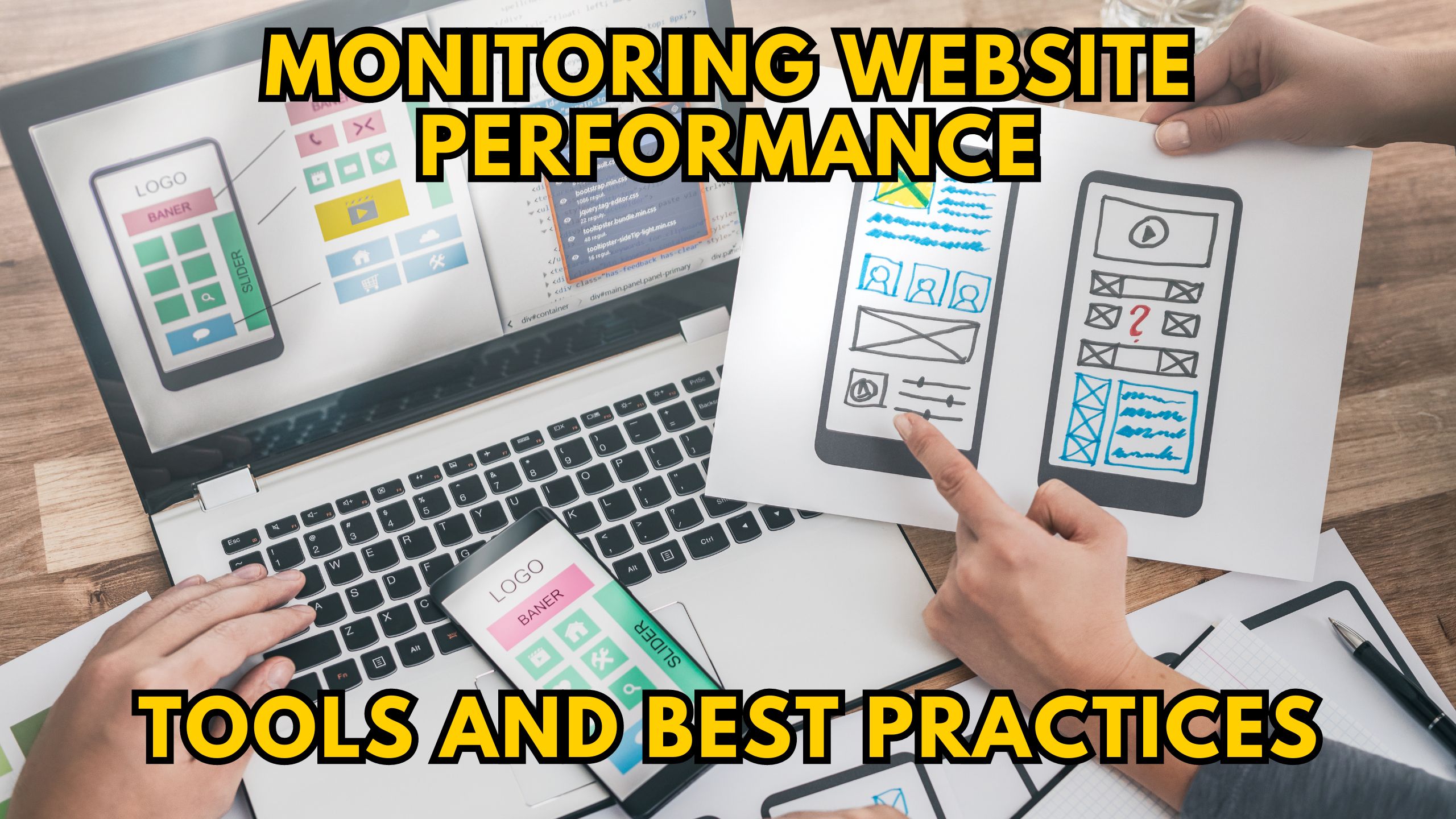Monitoring Website Performance: Tools and Best Practices
- Data as a Service (DaaS) Software Marketing & Analytics


Monitoring Website Performance: Tools and Best Practices
Ensuring optimal website performance is crucial for user satisfaction and search engine rankings. In this blog, we’ll explore the best practices and highlight relevant SaaS tools for effective website performance monitoring.
1. Understanding Website Performance Monitoring
Website performance monitoring involves tracking various metrics to ensure a seamless user experience. It encompasses factors like page load speed, uptime, user interactions, and overall responsiveness. This process is vital for identifying and resolving issues that may impact user satisfaction and SEO rankings.
2. Utilizing Tools for Real-time Monitoring
Tools like Pingdom and UptimeRobot provide real-time monitoring, instantly alerting you to any downtime or performance issues. Real-time insights enable quick responses to potential problems, minimizing the impact on user experience.
3. Analyzing Page Speed with Google’s Lighthouse
Page speed is a critical aspect of website performance. Google’s Lighthouse is a powerful tool for analyzing web page speed and providing actionable recommendations for improvement. Optimizing page speed positively impacts user satisfaction and search engine rankings.
4. User Experience Monitoring with FullStory
Understanding user interactions is key to improving website performance. FullStory allows you to monitor user sessions, identify usability issues, and gain insights into how visitors interact with your site. This user-centric approach helps enhance overall website performance.
5. Performance Optimization with GTmetrix
GTmetrix is a comprehensive tool that evaluates website performance by analyzing page load times, optimizing images, and providing actionable recommendations. Implementing these suggestions enhances website speed, contributing to a positive user experience and SEO performance.
Best Practices for Effective Website Performance Monitoring
- Regularly check website speed and optimize for faster loading times.
- Monitor server uptime to ensure your website is always accessible.
- Analyze user interactions to identify and resolve usability issues.
- Optimize images and content for improved page performance.
- Implement recommendations from website performance tools for continuous optimization.
Conclusion
In the competitive online landscape, monitoring and optimizing website performance are non-negotiable. Employing the right tools and adhering to best practices not only ensures a seamless user experience but also contributes to improved search engine rankings.
Unlock Your Website’s Full Potential with Subscribed.fyi
At Subscribed.fyi, we understand the challenges of managing a SaaS stack. Sign up for free today to unlock member-only deals on 100+ SaaS tools, saving you over $100,000 per year. Manage all your subscriptions effortlessly, compare tools side by side, and make informed decisions to enhance your productivity.
Relevant Links:





